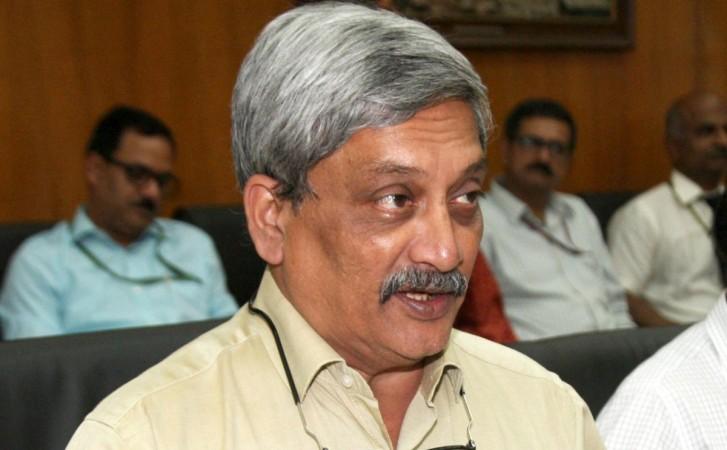
After the death of Pramod Mahajan in 2006, it was often said that the Bharatiya Janata Party (BJP) had lost its key manager who had helped the party a lot in its ground networking and coalition-building efforts. During the days of the ageing Atal Behari Vajpayee and Lal Krishna Advani, when the saffron party was concerned about the succession line in the party, people like Mahajan were its hope.
Also read: Manohar Parrikar proves BJP-led government's majority in floor
However, post-2014 when Narendra Modi stormed to power in Delhi, the situation for the BJP has undergone a complete transformation. The party no more looks like a pyramid and the loss of Mahajan is not felt as intensely as it used to be (of course, the man's presence would have helped BJP cure its sour relationship with the Shiv Sena for he had piloted the tie-up). The BJP today is no more confined to just a few individuals, and has a flexible leadership which puts it at an advantage vis-a-vis many of its opponents.
BJP has shown the flexibility a national party should have
Take for example, the case of Manohar Parrikar. The former chief minister of Goa, who was picked as the country's defence minister, has made a comeback to his state to become its CM again. The man proved his government's majority in the Goa Assembly on Thursday (March 16), proving the instrumental role he played in helping the BJP beat the Congress in the race to form the government despite having less number of seats. This is a kind of flexibility a party needs to succeed as a national outfit.
Parrikar's moves remind one of Congress' Siddhartha Shankar Ray in 1972
The Congress had shown a flexibility of this sort in the past. In 1972, Siddhartha Shankar Ray was picked by the then prime minister Indira Gandhi as the chief minister of West Bengal because of his commendable job in helping New Delhi understand the East Pakistan (now Bangladesh) crisis the year before. Ray was the country's education minister and also the central minister in charge of West Bengal before becoming the CM of Bengal. His to-and-fro movement showed the flexibility that the Congress had in those years.
Mamata, Nitish Kumar, Naveen Patnaik also moved from Centre to states
There are also instances of other politicians returning to their state to lead as the chief minister after serving at the Centre for a considerable period. The current chief ministers of West Bengal, Bihar and Odisha — Mamata Banerjee, Nitish Kumar and Naveen Patnaik, respectively — are examples. However, the instances of these leaders are different from that of Parrikar and Ray, since their movements from the Centre to the state were acts of political expediency for the sake of their own regional outfits. Mamata and Nitish Kumar had made use of the coalition days to serve their own political interests whenever they found the opportunity.
The Parrikar episode has proved Modi government has the required resources
Coming back to the BJP, Parrikar's return to Goa conveys the message that the Modi government has the required resources to run its show federally. Once dubbed as a two-men party, the saffron camp will now feel relieved over the fact that its leadership chain is not going the Congress' way.
The repeated success in elections over the last few years has also helped the BJP discover new leaders, whether it is Devendra Fadnavis in Maharashtra, Manohar Lal Khattar in Haryana, Raghubar Das in Jharkhand, Sarbananda Sonowal in Assam or N Biren Singh in Manipur. We may also see new CMs in Uttar Pradesh and Uttarakhand as well. Besides, we already have two experienced chief ministers in Shivraj Singh Chouhan in Madhya Pradesh and Raman Singh in Chhattisgarh who can also be picked by the central leadership for national roles to reward their long services to the party.
For the Congress and other regional parties, these are ominous signs. The BJP is increasingly broadening its base despite the towering presence of Modi at the helm. The challenge to tackle the BJP is not confined to just finding an answer for Modi at the Centre but in each of those states where the party is increasingly flexing its muscle.















